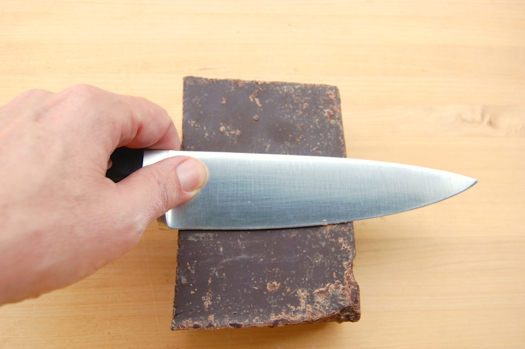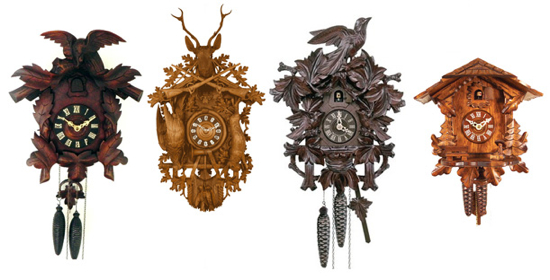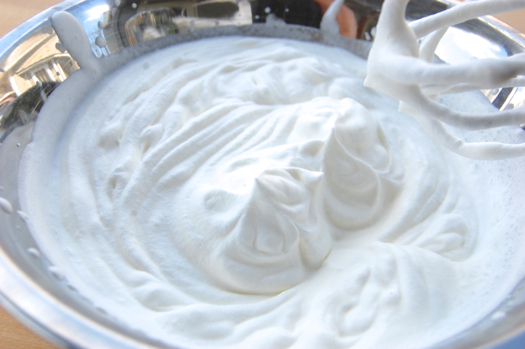
I started cooking in an actually-fairly-decent restaurant when I was sixteen and a few months later, which I was 17, started soloing as a cook. For the rest of high school, through my college summers and for a couple of years after college I worked in a variety of kitchens, from cafeterias to steak houses. In my 30’s I went back to the kitchen and spent about five years baking and making pastries professionally.
In that time — about ten years total — I saw a lot of accidents. Lots of burns, plenty of cuts, knocks on the head, slips and falls, even a couple of broken bones. By far the worst injuries I ever saw resulted from attempts at making chocolate shavings. Why? Because even experienced pastry chefs and bakers I knew made their chocolate shavings like this:
READ ON



